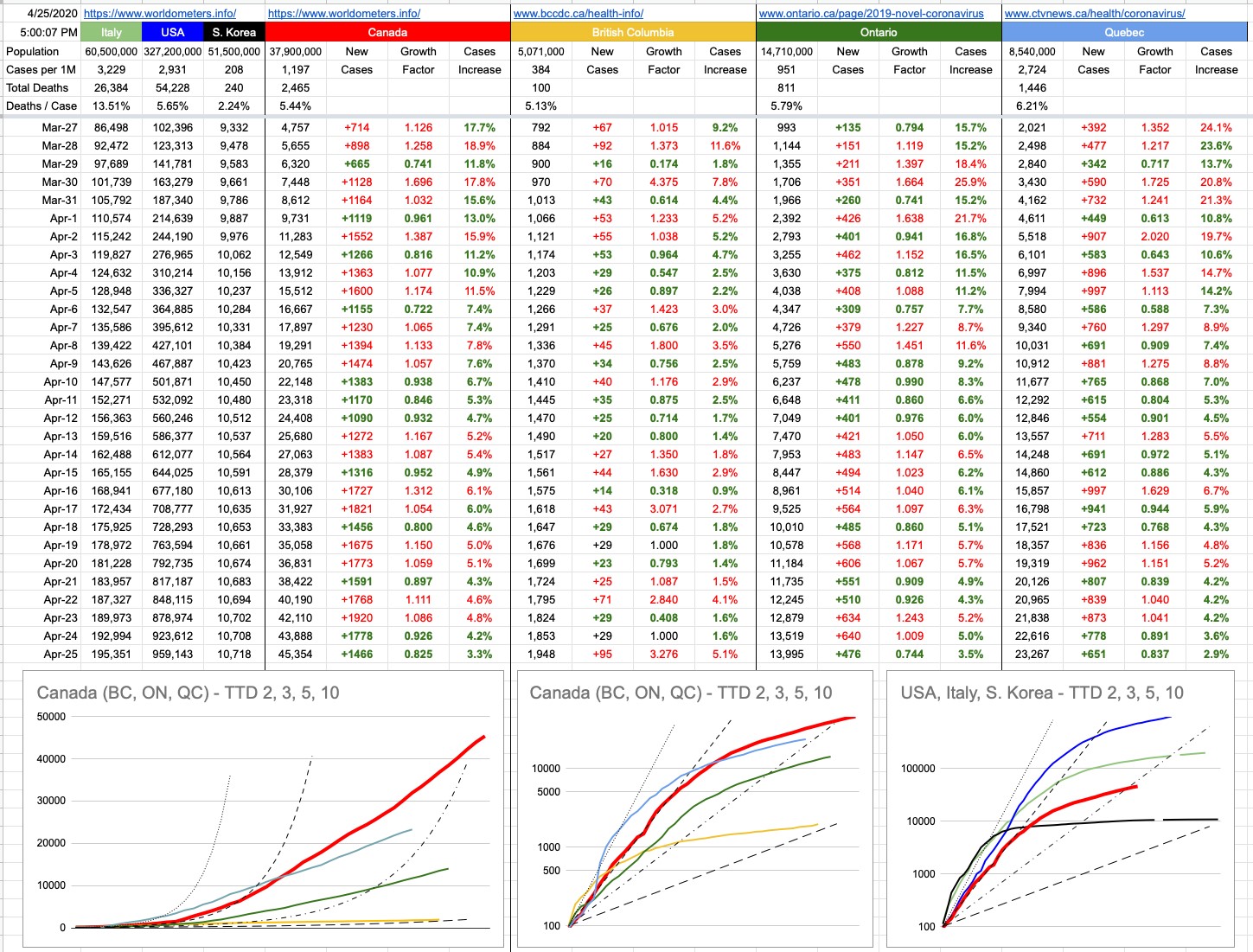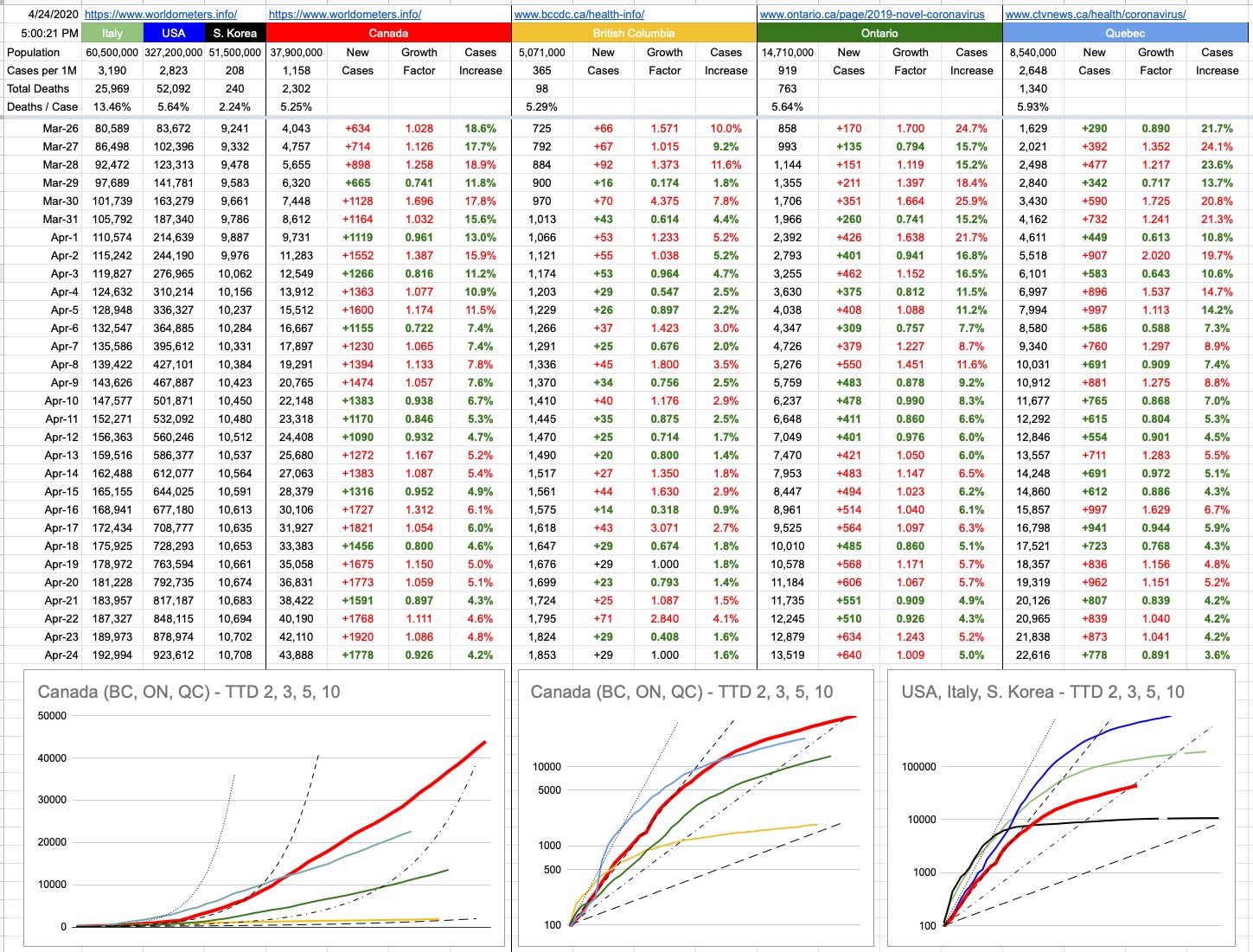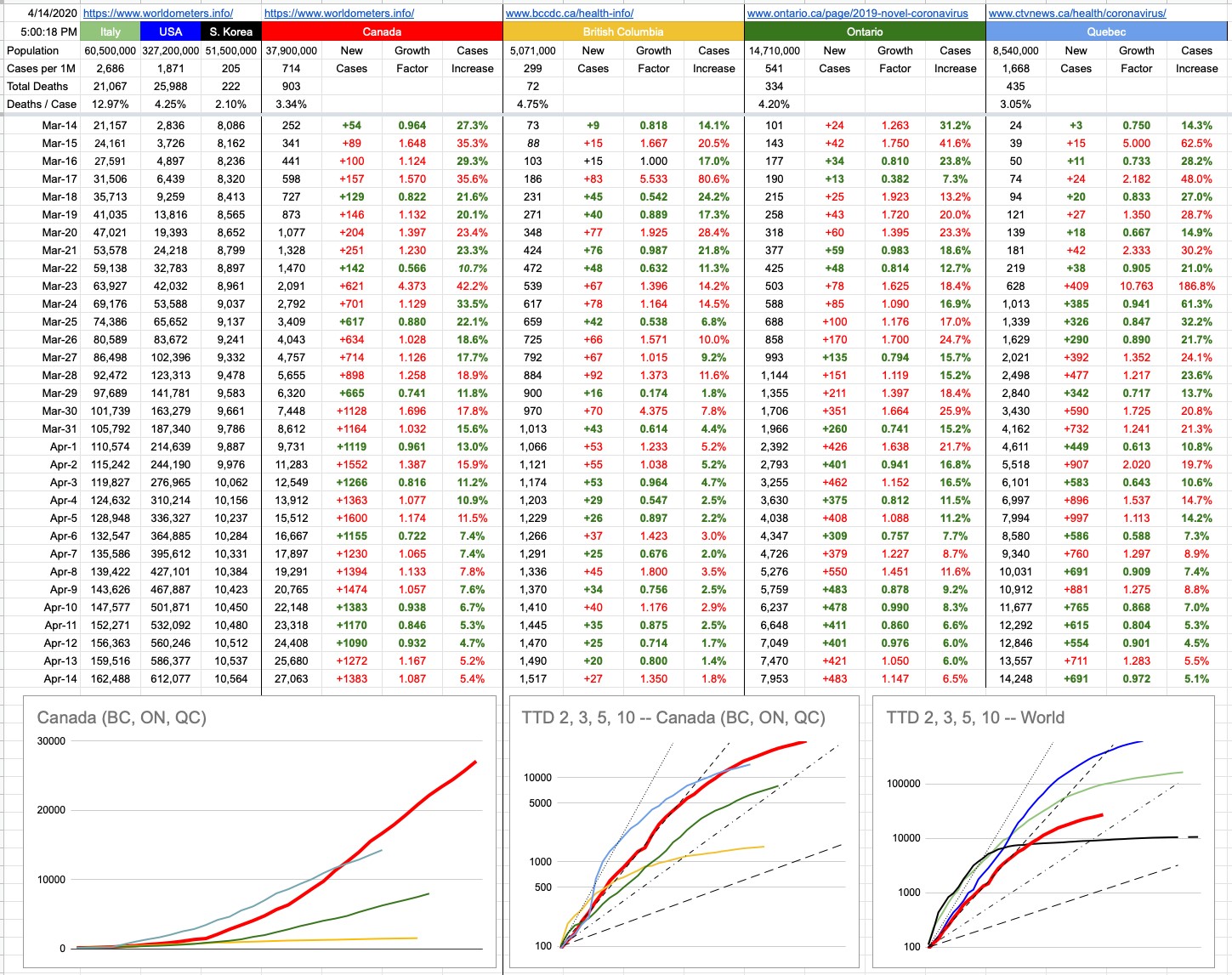Day 40 -April 25, 2020
When I was a kid, I used to ride my bike all over the place… without a helmet. Also, when I was a kid, I was taken to many soccer practices and games in the back of a station wagon — the coach’s car served as a sort of team bus… and since I was near the end of the “bus route”… I’d end up thrown in the back, along with the soccer balls and oranges… all of us bouncing along to the endless rhythm of a creaky suspension. And… quick right turns and pot holes… often, the trip to and from the field bruised me up more than the soccer itself.
Such was the spirit of how it was in the late 70s, so it won’t surprise anyone to learn that flying in those days was also a little more lax. On family trips where the plane’s seating configuration was 3-4-3, we would be in that middle section… my parents on the aisles, my sister and I trapped in the middle… and that was ok, because on long flights, one of us would curl up on the two middle seats, and the other on the floor. And, to be honest, I preferred the floor. There was more room there… and sometimes, if we had the bulkhead, we’d both wind up there… sleeping on the floor, for hours. Seatbelts? LOL. The flight attendants would provide us extra pillows and blankets and smile at the cute little kids sprawled out on the carpet.
Back then, you could smoke on planes, and many people did. In my earliest memories, the entire plane was one large smoking pit. But I have an excellent memory of when they instituted a no-smoking section, at the back of the plane. My parents booked seats back there, but when got to our four seats, every other seat around us was already occupied, many of them with people smoking. My father found a flight attendant and asked… aren’t these supposed to be no-smoking? “Oh sorry… yes….” she replied, and then proceeded to velcro onto our four headrests these little fabric “No Smoking” logos. Perfect… problem solved.
I remember that flight in particular… because I sat there, unable to sleep, and inhaling 2nd-hand smoke for 8 hours. And I remember that whole charade of the the no-smoking nonsense…. like, forget the ridiculous and meaningless logos attached to our seats, ironically perhaps, given that we were the only people within 3 rows either way who didn’t smoke… but, seriously, what difference is it going to make anyway. If one single person on this plane is smoking, we’re all smoking. It’s not like we can open a window, and there’s only so much recirculated air filtering can do with that volume of smoke. On top of that, we were so far back, we couldn’t see the movie… which was one big crappy projection screen 30 rows ahead of us, blocked by 100 heads, faded and scratched with time, barely visible through the haze of smoke… and the sound wasn’t electronic headphones but rather these plastic tubes that conducted sound via air, not electrons. The whole thing sucked.
It’s ludicrous to imagine that, with a straight face, an airline can offer a no-smoking section… like rows 10 to 29 are smoking, but 30 to 50 are not. The guy in row 31 has a pretty valid complaint when he says he didn’t sign up for this.
Similarly, today… the guy who lives in Alabama, but near the Georgia border…
OK, let’s back up a bit and expand my little airplane metaphor. What if this 50-row plane was… umm, “governed” by 50 different flight attendants. And each flight attendant could make their own rules about what gets to happen on their particular row. Row 11 is no smoking, but free drinks. Row 14 is smoking but no drinking. Row 17 allows smoking, but only cigars and pipes. Row 20 was promised as no smoking and no drinking, but the raucous from the 10 rows in front of it are making it an unpleasant journey for those folks.
To a great extent, when everyone booked their seat, they really didn’t know what rules would apply, nor did they realize that they might change “on the fly (haha)”, but many are complaining that it’s not fair that row 25 gets this, but row 29 does not. The plane hasn’t even taken off yet, and it’s chaos… and, typically, when there’s confusion in the cabin, the flight attendants look to the captain and co-pilot for guidance… but let’s not go there again.
Back on the ground, the state Georgia, as of yesterday, is back in business. Some of it, anyway… including gyms, fitness centers, bowling alleys, body-art studios, barbers, cosmetologists, hair designers, nail care artists, estheticians and massage therapists. It’s a curious list… gyms? Fitness centres? Bowling alleys? Places where lots of people breathe hard, touch common surfaces and are in close quarters? Should be fine.
Since there is no relevant leadership at the federal level, and no federal guidance… it’s up to the 50 states to decide what they want to do. Given the individual differences and motivations and lobbying efforts at the state level (Gyms? Bowling alleys?), things will be 50 versions of different. And that can turn out to be a pretty serious problem, because the cigarette smoke from Georgia will most certainly drift into Alabama. And Florida, and Tennessee, and the Carolinas.
There is understandably a tremendous amount of pressure to get things going again. Around here, there’s a plan in place, based on what we’re seeing and expect to see in the near future. Today’s jump in numbers in B.C. can be attributed largely to the breakouts in known clusters, in this case, a correctional facility. That’s one number to look at, but just as important are hospitalizations and ICU cases. There’s no jump there. And generally speaking, across the country today, encouraging signs that the trend continues to show a slowing of growth. TTD numbers used to be a few days… and now they are a few weeks. This is exactly what we want to see to line things up for re-opening the province… and the country.
But doing so requires a coordinated effort, with buy-in from everyone.
Looking below the 49th, doing it differently all over the place guarantees one thing: everyone, doing something different, can’t all be right. Which means in some places it will be wrong… how wrong, and the effects of that… remain to be seen.
Fasten your seatbelts, my American friends… there’s turbulence ahead. Rest assured, the plane will eventually land safely… but it’ll be a bumpy ride.
View Original Post and All Comments on Facebook






